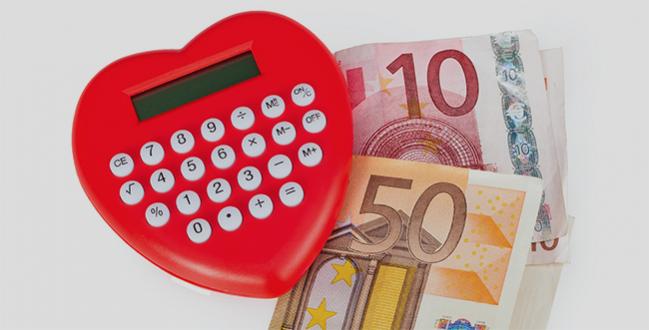HEART Pathway as Safe as Usual Care for Chest Pain in the Emergency Department
While clinicians may hesitate to discharge some low-risk patients without further testing, “HEART care” is likely still cost-effective, researchers say.

Use of the HEART Pathway to help triage patients who present to the emergency department (ED) with chest pain is safe in daily practice, according to insights from a Dutch randomized trial. Although physicians may not always decide that low-risk patients can be spared admission and further testing based on their score, researchers say the HEART approach is still likely to be cost-effective.
First developed nearly a decade ago in the Netherlands, the HEART score is a tool for risk stratifying patients based on their short-term MACE risk. It involves assessment of five factors during the initial work-up of chest pain patients: history, ECG, age, risk factors, and troponin.
This study, published online yesterday in the Annals of Internal Medicine, is the first to “show the HEART score is just as safe as the usual care currently used at EDs,” senior author Judith M. Poldervaart, MD, PhD (University Medical Center Utrecht, the Netherlands), told TCTMD. She stressed, however, that the HEART Pathway is a “decision support tool, not a strict protocol,” advocating for a common-sense approach.
“Patients presenting at the ED with chest pain should be assessed by a physician, using clinical parameters of the patients, his experience, [and] gut feeling, complemented by the HEART score,” she said via email.
No Decrease in Safety Seen
The stepped-wedge, cluster randomized trial involved EDs at 9 Dutch hospitals, all of which started out using usual care. Every 6 weeks, one hospital in the group was randomly assigned to switch over to using the HEART score as a means to guide patient management. In all, 3,648 patients were included, with half receiving usual care and half treated under what the researchers termed “HEART care.”
As part of the Heart Pathway, patients at low risk (score of 0-3) are reassured and discharged without further diagnostic testing. Those at intermediate risk (score of 4-6) undergo noninvasive stress testing or imaging, while those at high risk (score of 7-10) receive early invasive diagnostic tests and treatment; importantly, physician preference could override the score’s recommendation.
Over 6-week periods, the incidence of MACE was 1.3% lower with HEART care than with usual care, falling within the preset noninferiority margin of 3.0%. Among low-risk patients, the MACE rate was 2.0%. There were no disparities between the two strategies in terms of early discharge, readmission, return visits to the ED, outpatient visits, or visits to general practitioners.
“Use of healthcare resources was typically lower during HEART care, but absolute differences were small” and no longer statistically significant after adjustment, the researchers report. Even so, they say, the “combination of equal safety, small improvements in quality of life, and lower costs resulted in a likelihood of 99% that HEART care would be cost-effective.”
Overcoming Hesitance
One factor muddying the waters was nonadherence—when physicians decided to diverge from the HEART Pathway—which occurred in 41% of low-risk patients. Typically this meant prolonged observation or hospitalization, a second troponin measurement, or stress bicycle testing. Among high-risk patients, 12% did not undergo further diagnostic testing.
To TCTMD, Poldervaart said that hesitance to use the score might partially explain the lack of significant difference in healthcare costs. “But extrapolation of the findings of a cost-effectiveness analysis (including nonadherence) suggests that HEART care could lead to annual savings of €40 million in the Netherlands,” she pointed out.
Going forward, she said, it’s important to better understand the barriers to use, “and we should as a society decide on what risk of cardiac events we find acceptable in low-risk patients, balancing this against the risk for complications from redundant testing.”
Poldervaart predicted, though, that as clinicians gain more confidence and experience using the HEART score, more of an impact on healthcare resources and costs will be seen. These shifts will take time and more research, particularly in low-risk patients, she said.
Caitlin E. Cox is News Editor of TCTMD and Associate Director, Editorial Content at the Cardiovascular Research Foundation. She produces the…
Read Full BioSources
Poldervaart JM, Reitsma JB, Backus BE, et al. Effect of using the HEART score in patients with chest pain in the emergency department: a stepped-wedge, cluster randomized trial. Ann Intern Med. 2017;Epub ahead of print.
Disclosures
- The study was funded by the Netherlands Organisation for Health Research and Development.
- Poldervaart reports no relevant conflicts of interest.


Comments